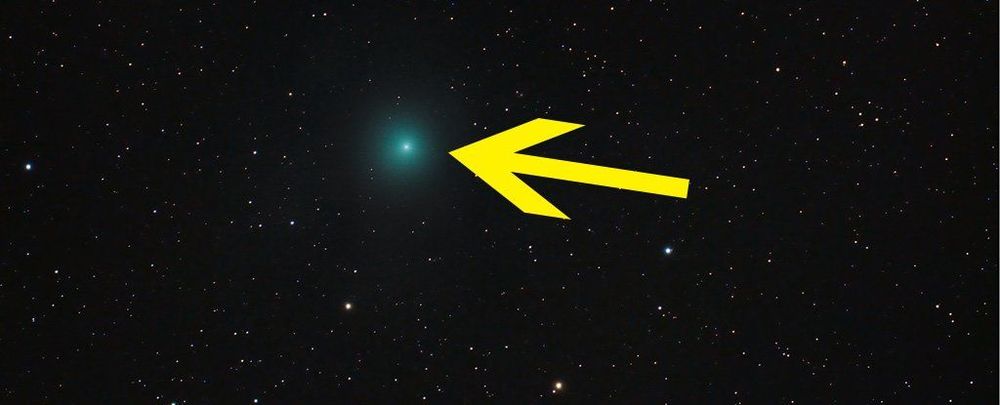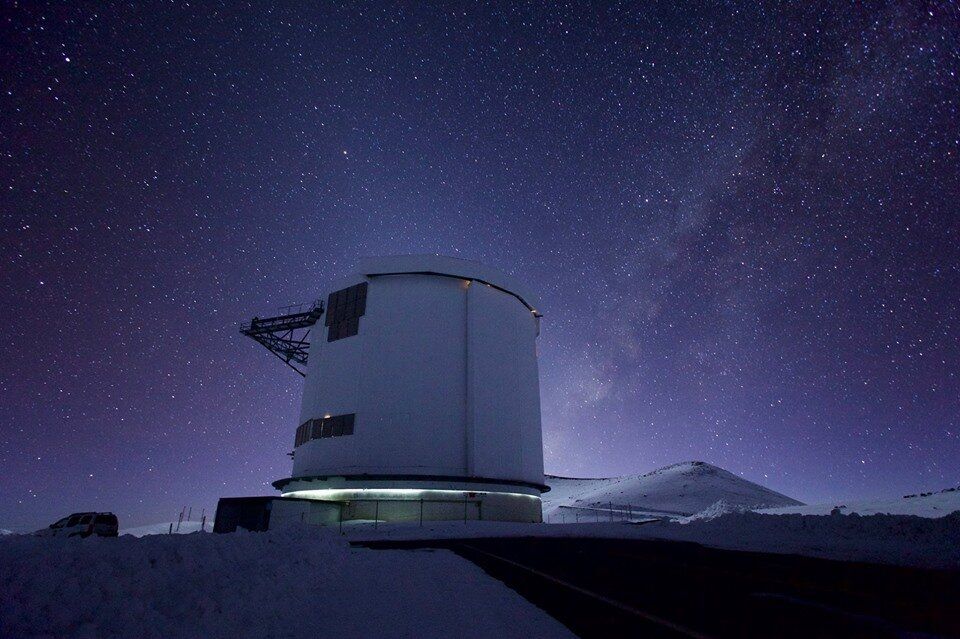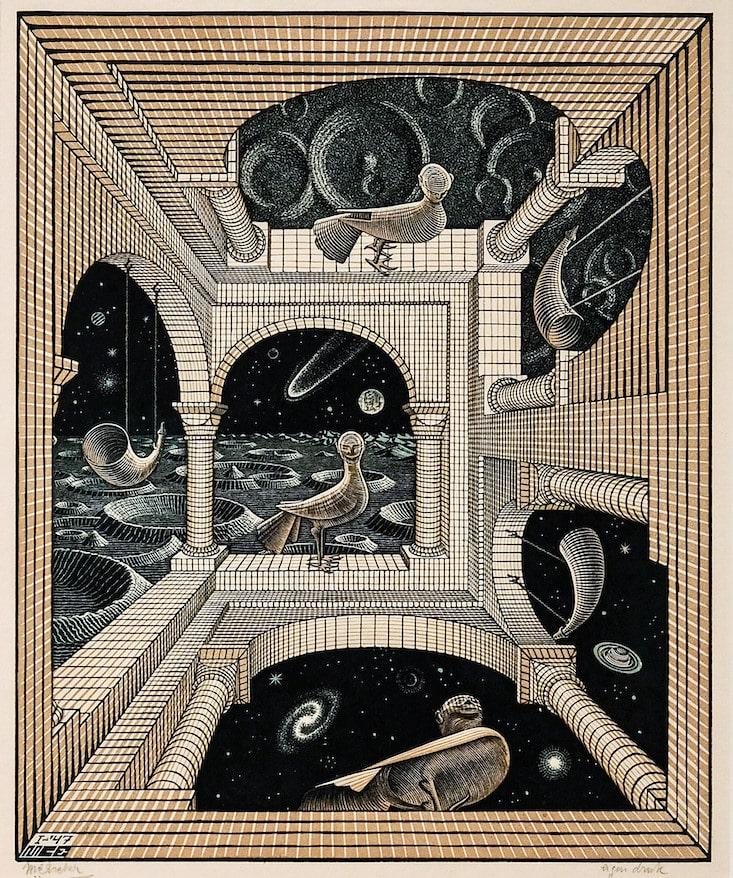Alvin Retamar, Chief Science Research Specialist and Project Leader of Philippine Earth Data Resource and Observation Center (PEDRO) said some institutions they have been helping are even calling for higher level training in the space sciences.
“In some areas where we are providing support they are already keen on developing aerospace engineering degree programs,” Retamar said.
Original post from ABS-CBN News
MANILA — The Philippines has enough brainpower to staff a proposed space agency, officials from the Department of Science and Technology (DOST) said Wednesday.
A bill creating the Philippine Space Agency (PhilSA) was passed in the House of Representatives last December, while counterpart legislation is pending in the Senate.









